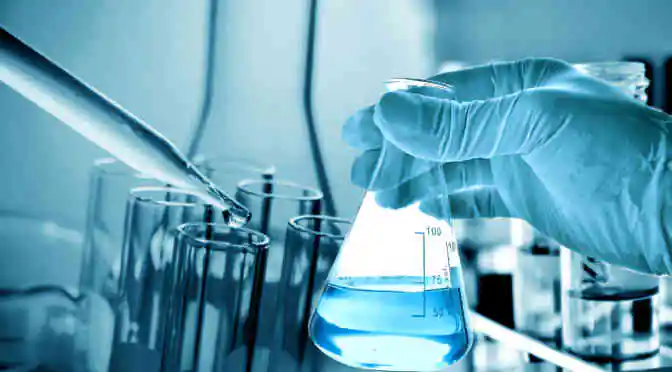Antioxidants were once all the rage, widely touted as the key to good health and disease prevention. Food and beverage vendors far and wide rushed to slap sweeping claims about the benefits of their products on labels, and consumers scooped up everything from green tea to dark chocolate with gusto.
But the hoopla around antioxidants has died slightly in the past few years. A big reason for this is the US Food and Drug Administration’s battle against companies making broad assertions about the health value (and antioxidant content) of their products.
According to a recent US News article, Mintel’s Global New Products Database reported that only 2% of new products in the US made big claims about antioxidant content last year—a big drop from previous years.
Since many companies lost their ability to grandstand about the health benefits of their products, antioxidants have taken a quiet backset as an ingredient, rather than the raison d’être in the food and beverage industry.
That being said, there’s still a big market for these molecules, which inhibit the chemical oxidation of other substances by countering free radicals.
A free radical is made of highly reactive with an unpaired electron that is capable of capturing electrons from other substances to neutralize itself. These free radicals are harmful to human tissues and have been found to be major contributors to diseases like cancer.
The ability to counter free radicals is what made antioxidants such a big deal in the first place. However, a person generally has to consume a significant amount of any “antioxidant rich” food to really reap any detox benefits.
While many of the antioxidants available on the market are chemically synthesized, growing demand from consumers for natural products is driving the demand for natural antioxidants like vitamin C and E, carotenoids, and polyphenols.
Know your (natural) antioxidants: Vitamin C, Vitamin E, Polyphenols and Carotenoids
Vitamin C dominates the market both in terms of revenue and consumption volume due to its wide use in in the food and beverage industry. Not to mention, more consumers are aware of vitamin C as an antioxidant compared with the other segments.
Strong demand for astaxanthin and Introduction of polyphenol-based products will spur market growth
And while vitamin C will maintain its market dominance through the forecast period, other segments are expected to see increased popularity in the next few years.
Astaxanthin, for instance, is a carotenoid that is expected to be in high demand during the forecast period, primarily because of its anti-aging benefits. It’s being used as an anti-aging element in cosmeceuticals in addition to being taken as a nutraceutical supplement.
Strong demand for the substance has also led to production capacities, with vendors such as Fuji Chemical focusing on doubling their production of natural astaxanthin by 2015.
Additionally, it is expected that more than 60% of new product launches in the global natural antioxidants market will be in the polyphenols category. For example, DSM launched elaVida, a polyphenol derived from olives, in March 2014. elaVida is produced from a proprietary process and is composed of hydroxytyrosol, a purported high-performance antioxidant that facilitates better heart health by protecting blood lipids from oxidative stress.



